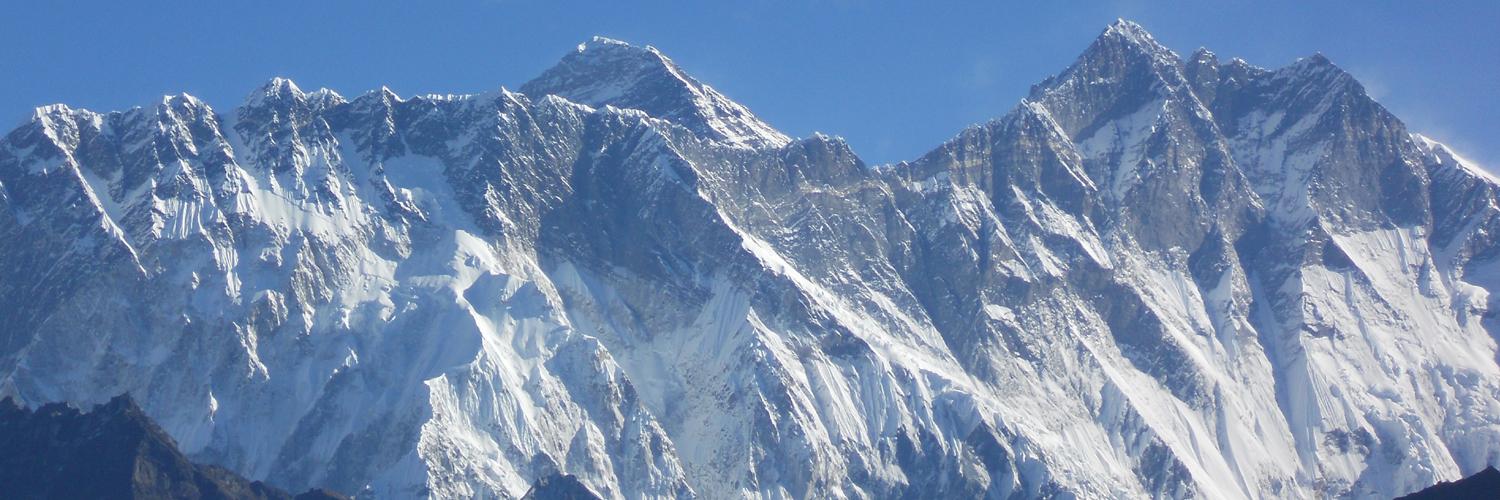1. What is the Everest Panorama Trek?
The Everest Panorama Trek is short and relatively easy in the Everest region of Nepal. It offers stunning views of the world’s highest peaks, including Mount Everest, without ascending to high altitudes like the Everest Base Camp trek.
2. How long is the Everest Panorama Trek?
Everest Panorama Trek takes 7 days to complete the trek.
3. What is the starting point of the trek?
The trek often starts from the town of Lukla, which is accessible by a short flight from Kathmandu. The trail then passes through various Sherpa villages like Namche Bazaar and Tengboche.
4. Is the Everest Panorama Trek difficult?
The Everest Panorama Trek is considered a moderate trek, suitable for trekkers with a basic level of fitness. While the trail involves some uphill and downhill sections, it does not reach extremely high altitudes, making it accessible to a wide range of trekkers.
5. When is the best time for the Everest Panorama Trek?
The best time for the Everest Panorama Trek is in the spring (March to May) and autumn (September to November) seasons. These seasons have stable weather, clear skies with spectacular mountain views.
6. Are permits required for the Everest Panorama Trek?
Yes, permits are required for the Everest Panorama Trek. The required permits typically include the Sagarmatha National Park entry permit and the Trekkers’ Information Management System (TIMS) card. There is also another fee for the Khumbu Municipality entrance.
7. What are the highlights of the Everest Panorama Trek?
The trek offers a range of highlights, including breathtaking views of Mount Everest, Lhotse, Ama Dablam, and other snow-capped peaks, exploring the vibrant Sherpa culture and monasteries like Tengboche, and visiting the famous trading hub of Namche Bazaar.
8. How is accommodation on the trek?
Accommodation is at local lodges known as Teahouses available along the Everest Panorama Trek trail. They provide basic accommodation and meals.


